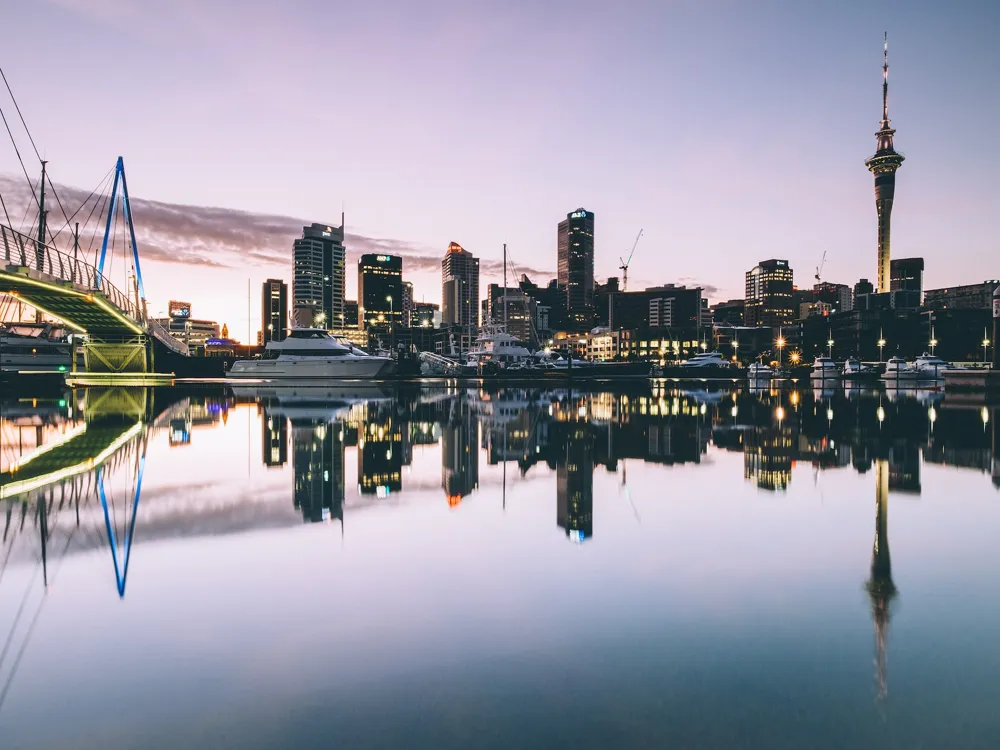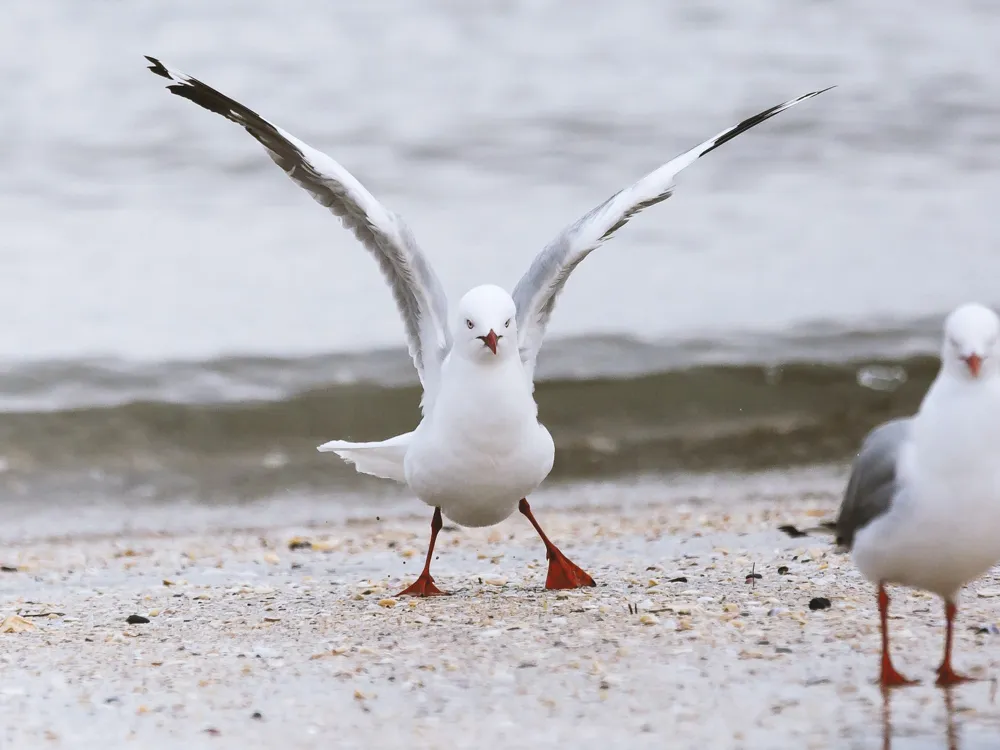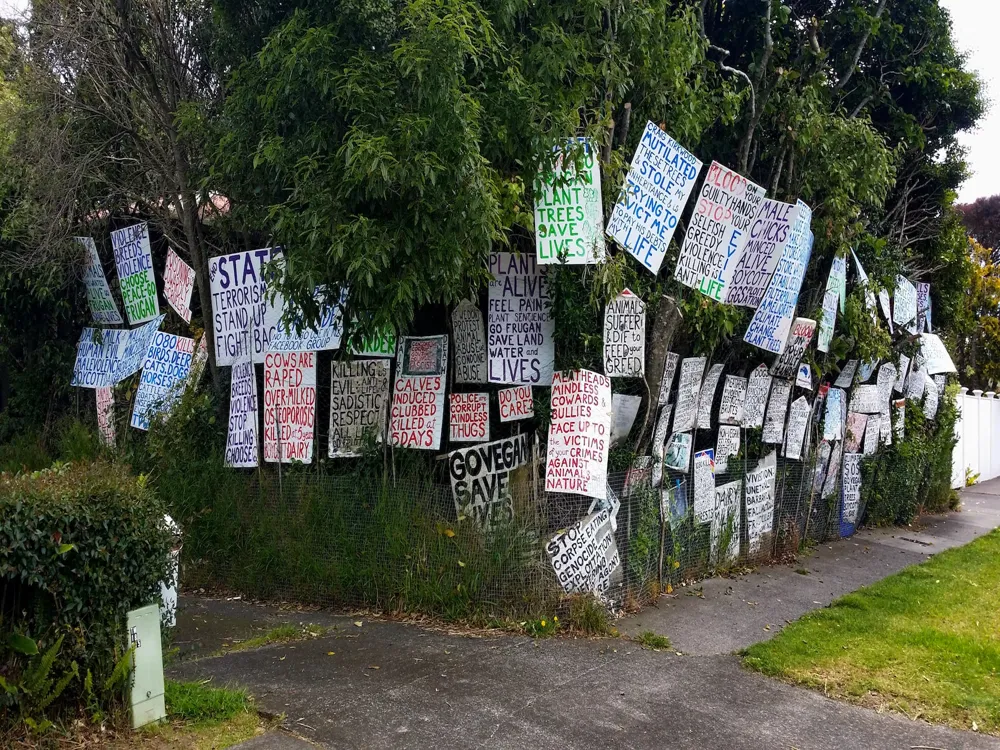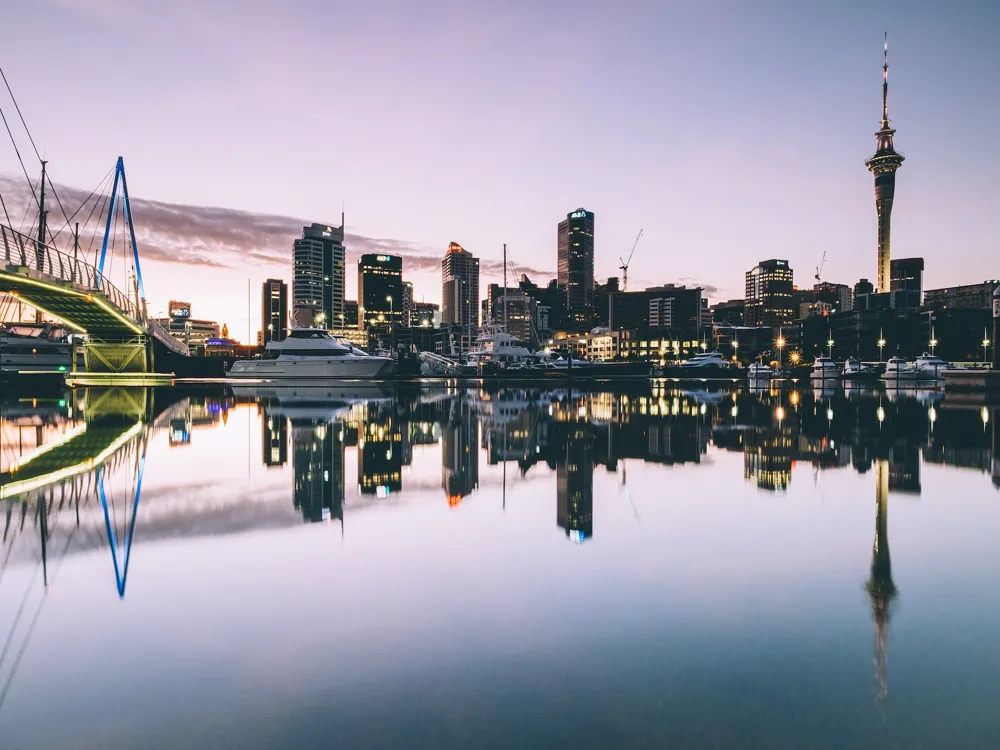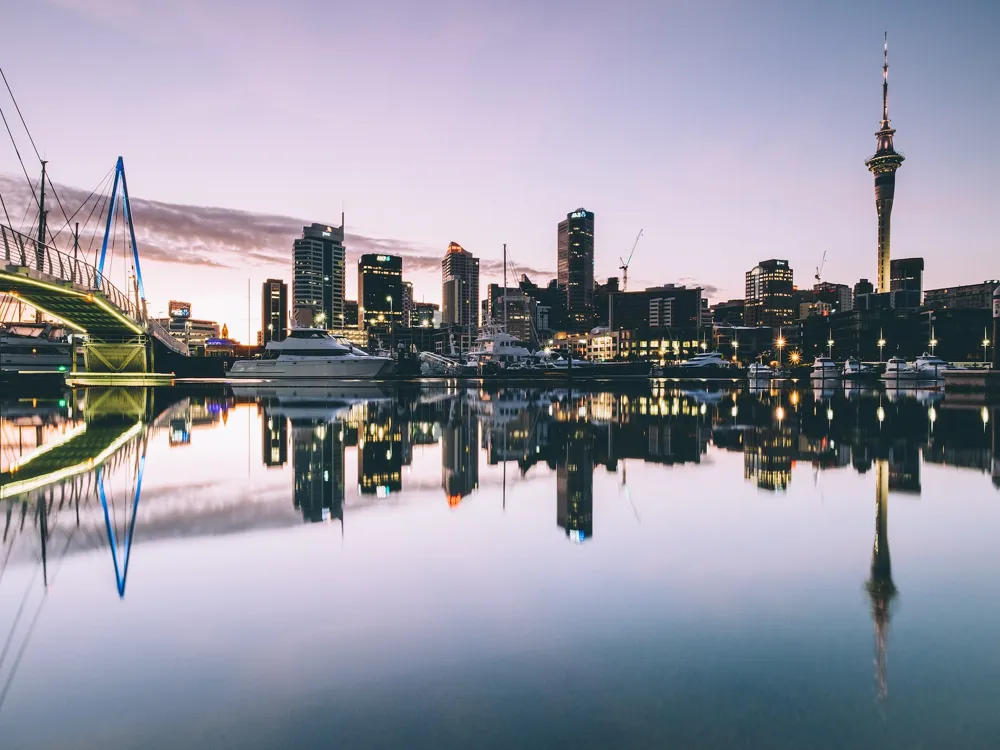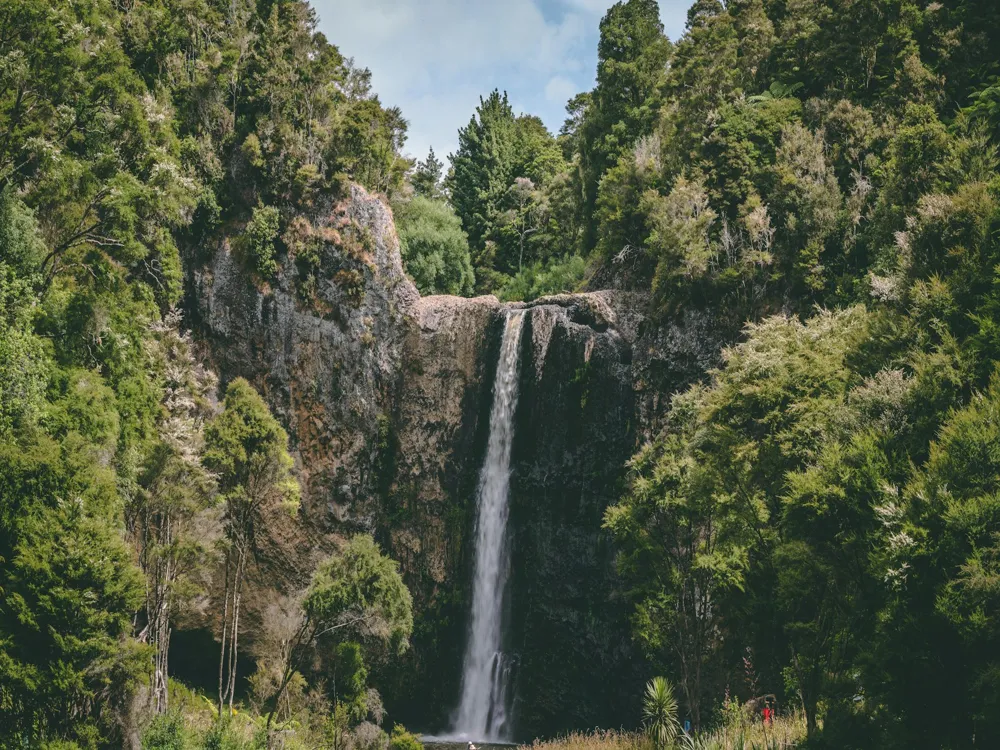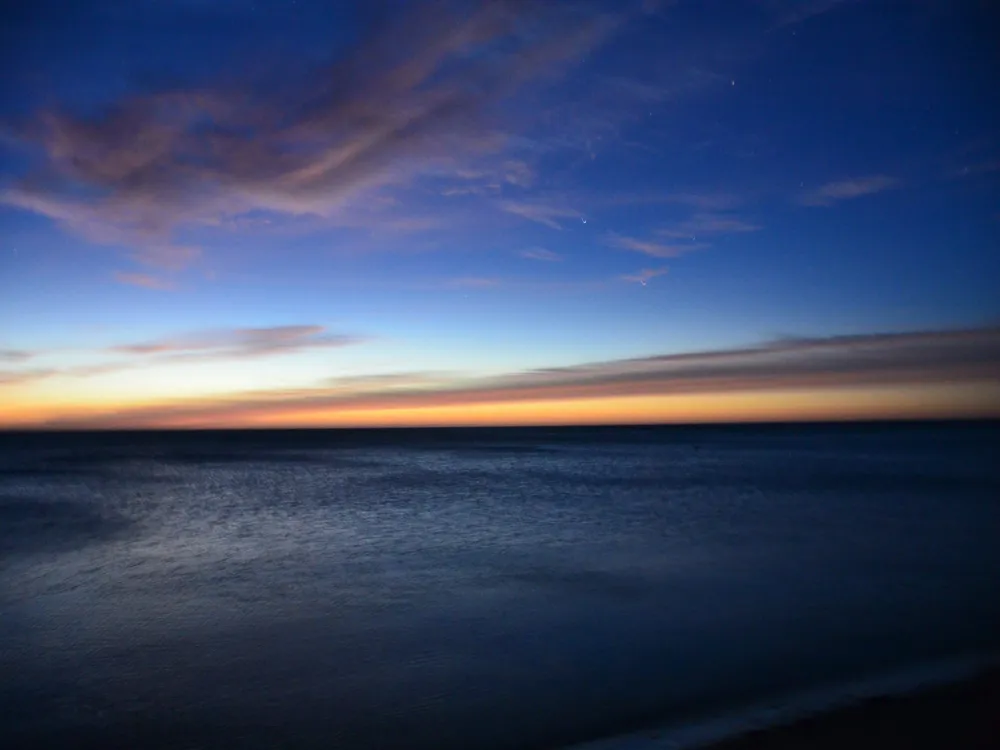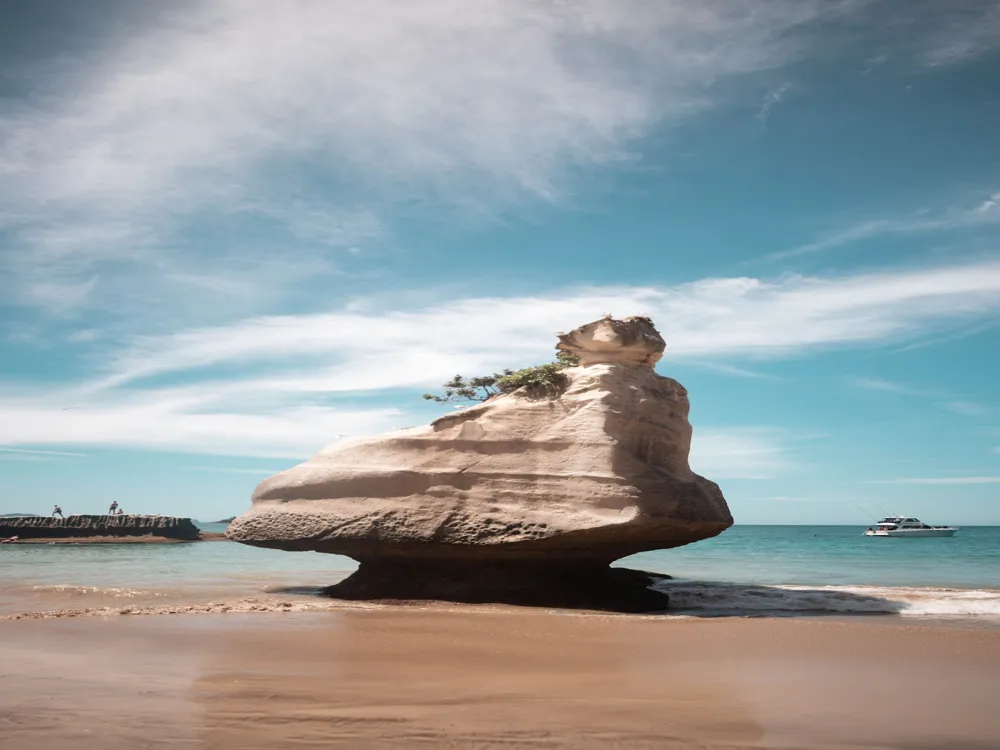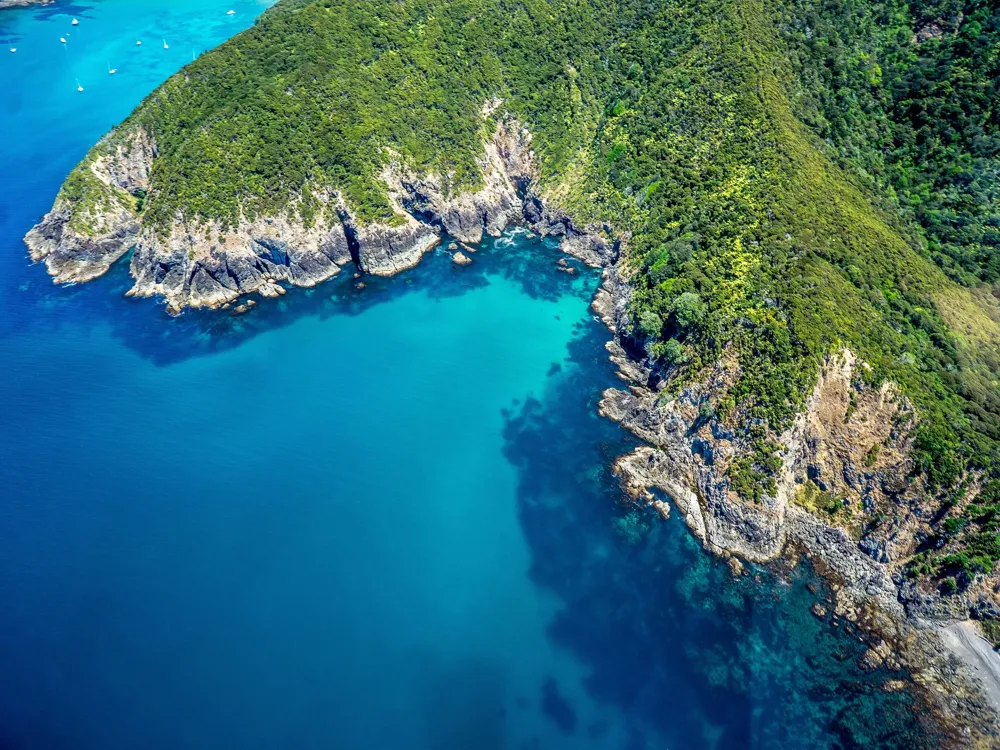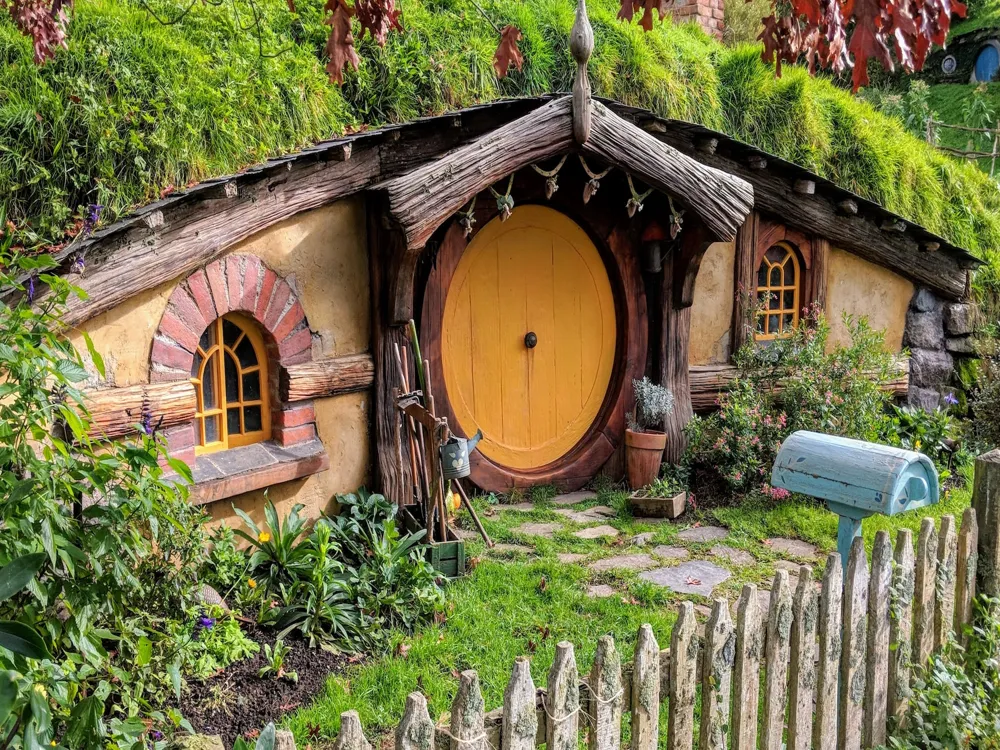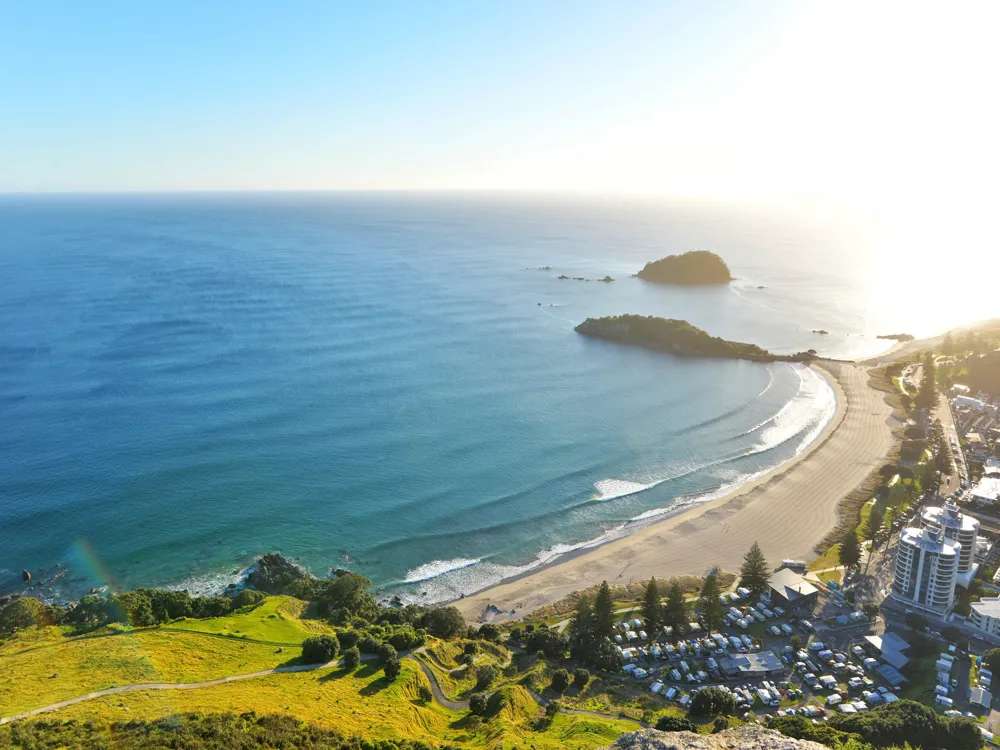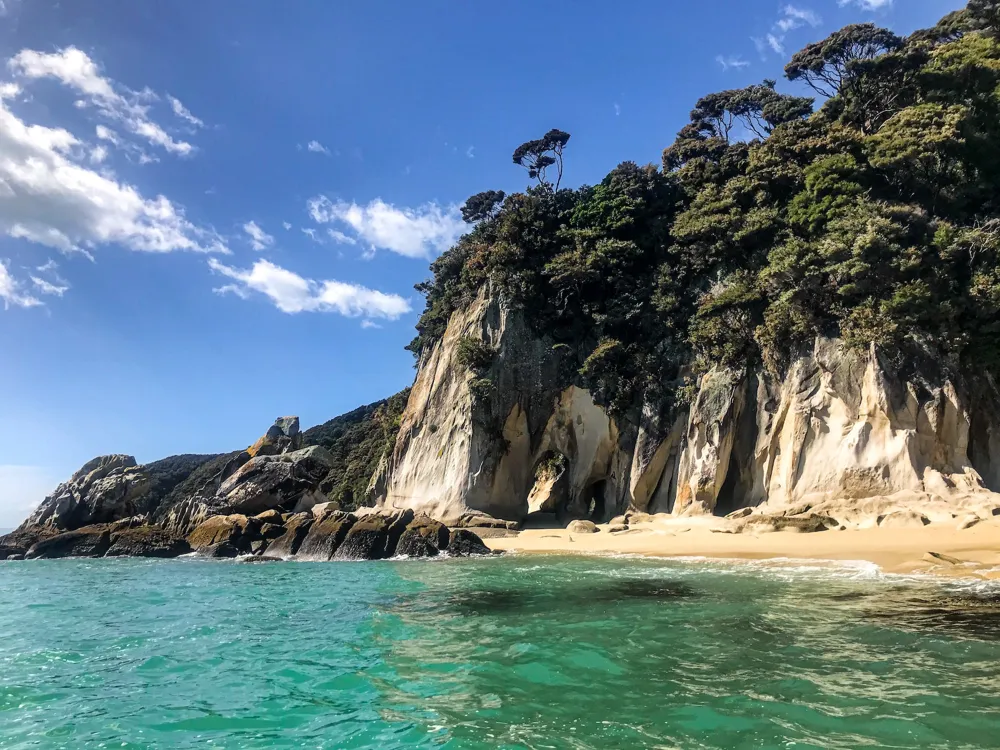Motuihe Island, a jewel in the Hauraki Gulf near Auckland, New Zealand, is a place of significant literal and environmental value. This small yet witchlike islet spans roughly 179 acres, boasting a rich shade of Maori and European history. Originally inhabited by Maori lines, the islet served colorful purposes over the centuries, including a counterblockade station, a World War I immunization camp, and a nonmilitary training base. moment, it's a conservation haven, home to native foliage and fauna, and a popular destination for both original and transnational callers. The architecture of Motuihe Island reflects its different history and natural geography. While the islet doesn't have grand architectural structures, it's dotted with remnants of its history that speak volumes about its literal significance. The most notable are the remains of the counterblockade station and the World War I immunization camp. These structures, however, offer a glimpse into the islet's varied history. The most stylish time to visit Motuihe Island is during the summer months from December to February, when the rainfall is warm and the waters are ideal for swimming and snorkeling. Access to the islet is primarily by ferry or private boat. There are no buses on the islet, making it a peaceful retreat. Callers should check ferry schedules in advance and be prepared to walk around the islet. As a conservation point, callers are asked to admire the natural terrain. This includes not disturbing wildlife, taking all rubbish back to the landmass, and sticking to designated walking tracks. Motuihe Island offers a variety of activities, including swimming, snorkeling, hiking, and raspberry watching. Callers can also enjoy guided walks to learn about the islet's history and ecology. Reaching Motuihe Island is an adventure in itself. The most common way to get there's by ferry, with regular services departing from Auckland's town ferry outstation. The trip offers stunning views of the Hauraki Gulf and takes roughly 30 minutes. For those seeking a more private experience, chartering a boat or a watercraft is an excellent option. Also, pulling to the islet is popular among adventure suckers, although it requires good fitness and rainfall conditions. Upon appearance, callers are saluted by the tranquil beauty of this conservation paradise, ready to explore all that it offers. READ MORE:-Overview of Motuihe Island in Auckland
The islet's natural beauty is stirring, with pristine strands, demitasse-clear waters, and lush foliage. It's part of the Hauraki Gulf Marine Park, a testament to its ecological significance. The conservation sweats then concentrate on restoring native territories and guarding exposed species, including the tieke( saddleback) and kiwi catcalls, which have been greeted to the islet. Walking trails maunder through native backcountry, offering callers a chance to witness New Zealand's unique natural terrain.Architecture of Motuihe Island
Callers can explore the remnants of the counterblockade station, which includes a sanitarium, staff houses, and colorful outbuildings. These structures, dating back to the early 1900s, were used to house and treat passengers on incoming vessels who were suspected of carrying contagious conditions. The immurement camp, used during World War I, housed captures of war. The remnants of the camp's structures give insight into the living conditions and gests of the captives.Tips When Visiting Motuihe Island
Best Time to Visit
Transportation and Accessibility
Conservation Rules
Activities
How To Reach Motuihe Island
Motuihe Island
Auckland
₹ 72,000 onwards
View auckland Packages
Weather :
Tags : Island
Time Required : 6 hours
Entry Fee : Adult (18+ years) - NZD 8 per night, Child (5 - 17 years) - NZD 4 per night, Infant (0 - 4 years) - free
Planning a Trip? Ask Your Question
Auckland Travel Packages
View All Packages For Auckland
Top Hotel Collections for Auckland

Private Pool

Luxury Hotels

5-Star Hotels

Pet Friendly
Top Hotels Near Auckland
Other Top Ranking Places In Auckland
View All Places To Visit In auckland
View auckland Packages
Weather :
Tags : Island
Time Required : 6 hours
Entry Fee : Adult (18+ years) - NZD 8 per night, Child (5 - 17 years) - NZD 4 per night, Infant (0 - 4 years) - free
Planning a Trip? Ask Your Question
Auckland Travel Packages
View All Packages For Auckland
Top Hotel Collections for Auckland

Private Pool

Luxury Hotels

5-Star Hotels

Pet Friendly







